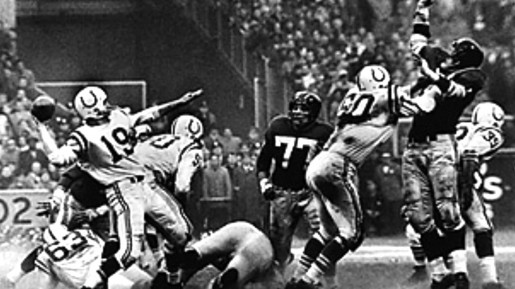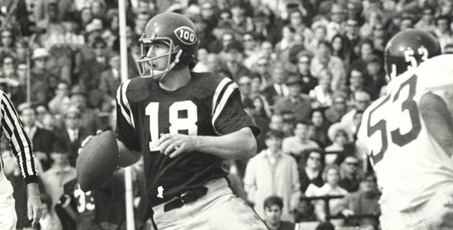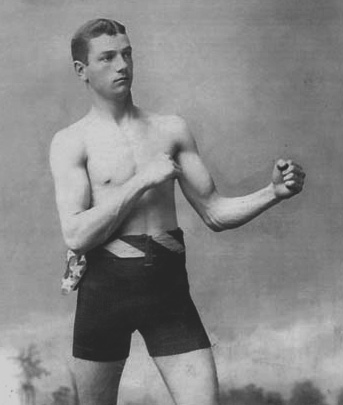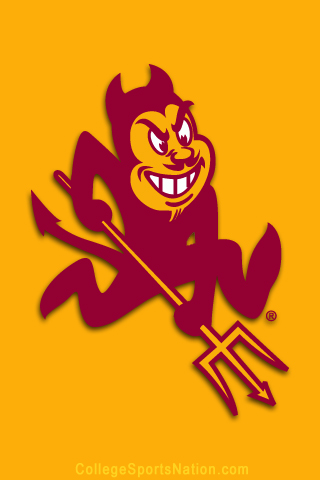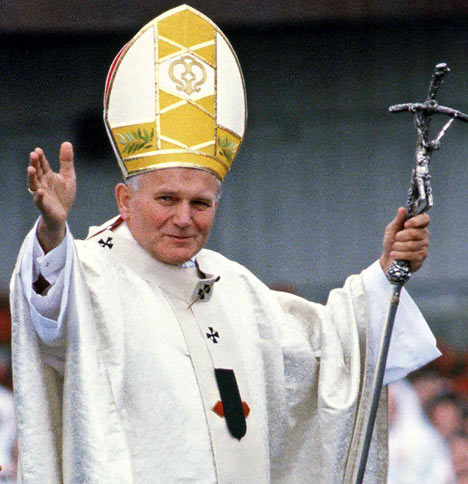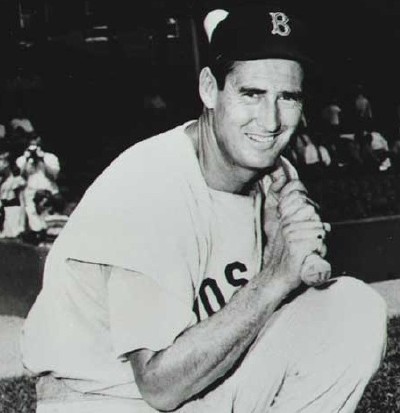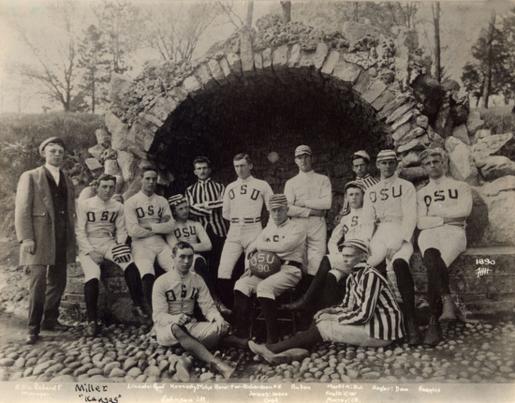Who was the First Player Killed During a Baseball Game?
Here is the latest in a series of examinations into urban legends about baseball and whether they are true or false. Click here to view an archive of the baseball urban legends featured so far.
BASEBALL LEGEND: Ray Chapman was the first player killed during a baseball game.
From a Cleveland area news site:
Ray Chapman was the first and only Major League player to die as a result of a baseball game itself.
I won’t pick on this particular site because it is a commonly held belief, so why knock one site more than another?
In any event, yes, Ray Chapman of the Cleveland Indians sadly DID die in a baseball game in 1920, when he was struck in the skull by a pitch by noted spitballer, Carl Mays of the New York Yankees.
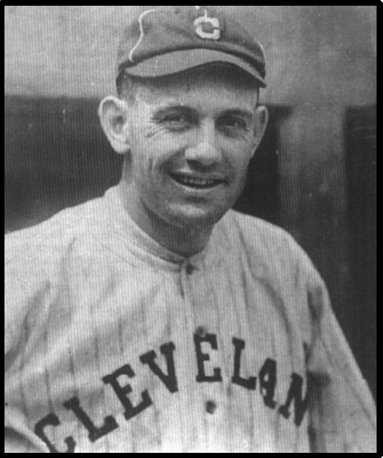
At the time, pitchers often tried to dirty the ball up so much that you could barely see it, and on that sunny day in August of 1920, the sun was shining in so that Chapman pretty much didn’t see the ball coming at all. As reports of the day would later say, Chapman did not even MOVE as the pitch came sailing towards his head.
It landed on his skull with such a loud crack that Mays presumed it had hit his bat, so as the ball bounced back to Mays, he picked it up and tried to make the out at first base. Then he, and everyone else, realized what had actually happened – Chapman had crumpled to the floor, unconscious.
Chapman was rushed to a hospital where he would die around 4:00 AM the next morning.
The Indians wore black armbands all season long in honor of their fallen teammate, and they actually went on to win the World Series that year. Chapman’s replacement at shortstop, Joe Sewell, actually went on to make it to the Baseball Hall of Fame. The Indians gave Chapman a plaque that fell into disrepair over the years until fairly recently when it was restored and hung up at the Indians’ Progressive Field.
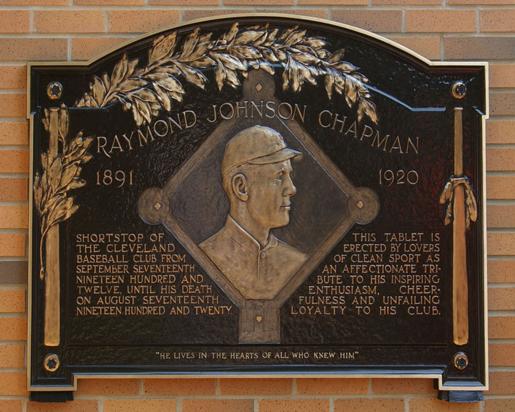
In any event, many folks refer to Chapman as the first and only player to ever die from injuries suffered during a baseball game.
Is that true?
Read the rest of this entry »


